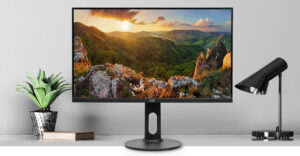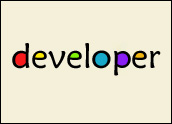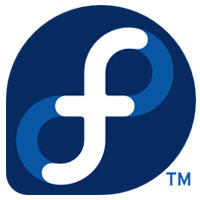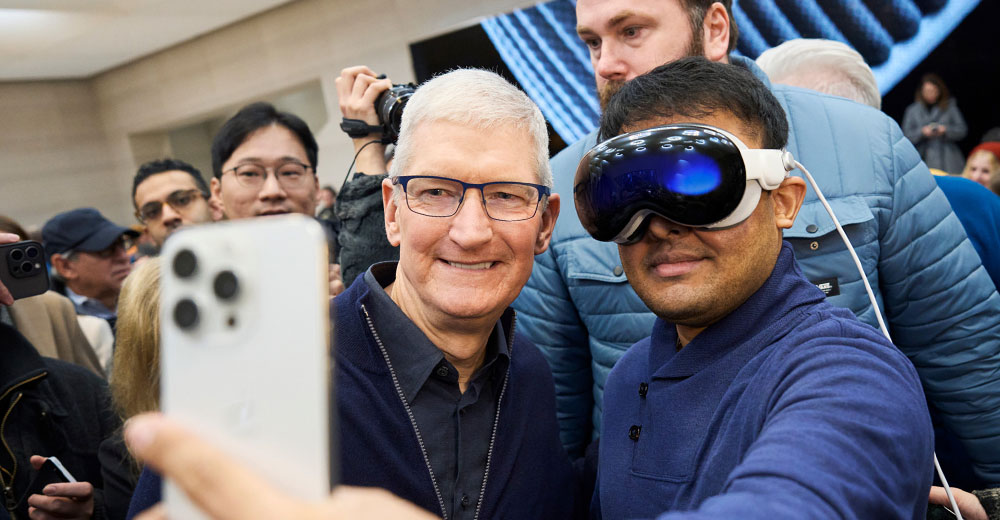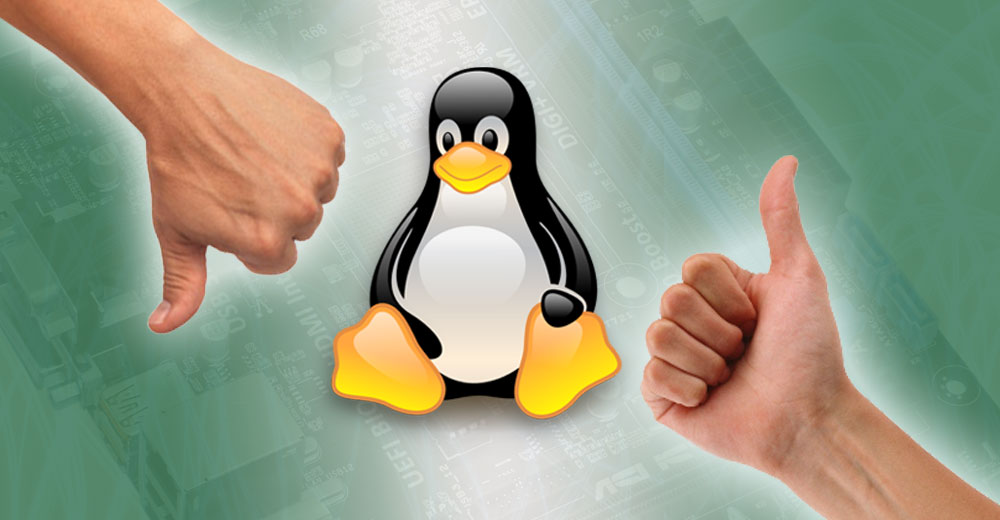The Open Source Development Labs (OSDL) merged with the Free Standard Group (FSG) on Jan. 21, 2007. The new organization became The Linux Foundation, which now spearheads the goals of Linux standardization, promotion and protection. Jim Zemlin, formerly the executive director of the Free Standards Group, took the reins as executive director.
As the new year approaches, Zemlin is wrapping up his first year as the head honcho of the nonprofit home of Linux creator Linus Torvalds. During this past year, Zemlin has observed some significant changes in the Linux OS and the open source market.
LinuxInsider met with Zemlin to get his views on the changing trends in open source computing and his predictions for where all of this is headed in the new year.
LinuxInsider: What major changes have you seen with Linux as the current year is ending?
Jim Zemlin:
Linux is entering a second phase in mainstream adoption. We are seeing Linux duking it out with Microsoft Windows in the platform computing worlds of open versus closed software. Linux is now effectively competing with hundreds of thousands of people involved. Linux will continue to sew up the high performance space (Power computing) as well.
LinuxInsider: What are the big changes you see taking place in 2008?
Zemlin:
All of the ingredients are in place to see Linux make an emergence in 2008 for accelerated growth in call centers. Those same ingredients will spur desktop growth. New devices for Linux and new form factors will put Linux in the forefront of computer choices.
LinuxInsider: Do you see these Linux advancements having an uphill struggle?
Zemlin:
All of [the] activity from this past year is leading to the dominant platform being Linux, regardless of the form factor or brand involved. The pace of change is accelerating. Linux is able to quickly include enhancements to make it run better. This ability is pushing the OS along very quickly.
LinuxInsider: Your enthusiasm for Linux is obviously well intended, but the computing field is a broad one. Are you talking about Linux growth across the board field or just in a few portions of the OS space?
Zemlin:
That is actually a very insightful question. I am talking about Linux getting greener and leaner and being used by more people in the enterprise space. But the growth of Linux is not going to stop there. Laptops running Linux will become prime choices for consumers and business users because of the far longer battery life Linux allows. I’m talking about laptops running for days, not just a few more hours, without a recharge.
LinuxInsider: Besides the enterprise space, where else do you see Linux rolling to the top?
Zemlin:
In 2008 we are going to see Linux taking off tremendously in cloud computing. The use of cloud computing will become increasingly important. Running Linux on a virtual machine on a cloud server will be the dominant platform in that arena.
[Editor’s note: Cloud Computing refers to a trend toward using Web-based applications and storing data those programs create in a so-called cloud environment on the Internet.]
LinuxInsider: What impact do you predict for Linux in the desktop space?
Zemlin:
As I said earlier, all the ingredients are in place for real growth on the desktop. Linux graphically is equal to what users get in Microsoft Vista or the latest Mac OS. The life cycle support for Linux releases is also competitive. For example, PC makers are now shipping computers with Linux pre-installed. Stores are carrying more Linux-based computers. These factors will spur software developers to create more applications for Linux. All of this positions the Linux OS for massive customization. Consumers will also see a breakthrough in computer pricing. Linux computers will not be a Windows PC experience.
LinuxInsider: Your are speaking of Linux adoption in general terms. Yet unlike Windows or Mac systems, Linux comes in dozens and dozens of distributions. How will the marketplace handle an avalanche of Linux computers that run a variety of distros?
Zemlin:
At first there will be a slew of companies offering computers with numerous Linux versions. Ultimately, there still be a bunch of losers and winners. I don’t know who will capture the market yet.
LinuxInsider: How will the Linux community approach the expected widespread growth of the Linux OS?
Zemlin:
In 2008 we will see the Linux ecosystem applying a federation into one platform. A lot of Linux distros will compete in the marketplace. The particular flavor of Linux will matter in that different distros will cater to specific environments such as the mobile Internet. All of these will center on the Linux Standard Base. This will not remove the particular GUI (graphic user interface) and other desktop choices that will exist in different distros.
LinuxInsider: You mentioned Linux in the mobile Internet market. Why have you singled out that as an example?
Zemlin:
Linux in the mobile space is already the default platform. It is widespread in TV sets, set-top boxes, DVRs, etc. The same thing will happen with mobile phones. But it is still unclear if these will be single or multiple platform devices. There are a variety of mobile platforms available.







